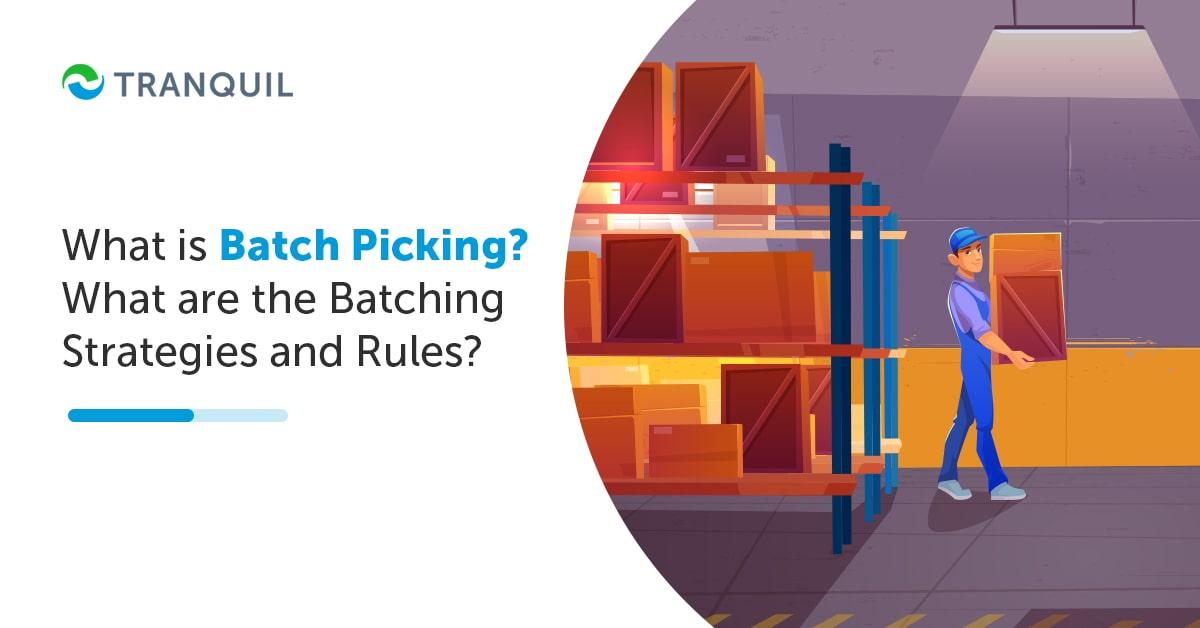
Warehouse managers are always on the lookout to reduce operational expenses while increasing output.
In this, one of the major steps that need optimizing is the batching process. The longer time needed for order fulfillment, the lower the profits on that order.
It is an essential part of inventory management.
Batching is also called warehouse batching, or batch picking.
It is a methodology that aims to boost the efficiency of picking, as it is an important step in the process of order fulfillment.
It involves grouping several similar orders into a single picking instruction.
Often, a great deal of time is lost by employees spending time picking for one order.
This method can be effectively used to reduce time when there are similar orders from multiple customers.
It reduces employee movement inside the warehouse and speeds up picking.
A single employee retrieves a batch of orders, eliminating the need for repeated trips to the same locations for different orders.
Of course, it’s not feasible to use this method if the order combinations vary to a great extent.
Let us suppose that there are two items in a single order, that are usually ordered together, but are stored far away from each other in the warehouse.
The inventory or at least part of it can be moved so that both items are closer to each other, and eliminate walking up and down unnecessarily.
ALSO READ: Important ERP Modules and Functions
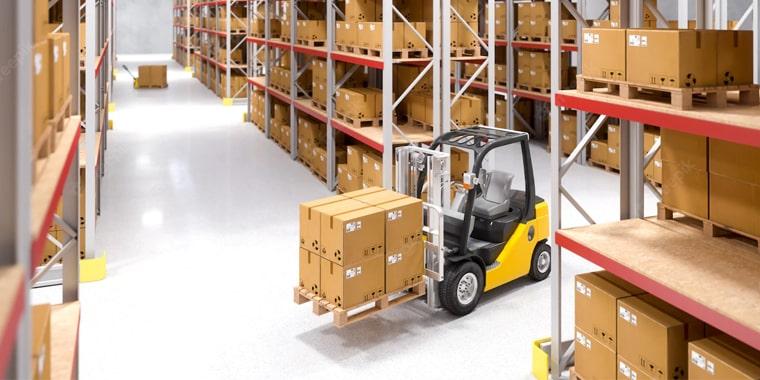
When you get orders from customers, the items have to pick from a warehouse; rather than assign a single order at a time to one picker, multiple orders with the same items are assigned. Let us now see the main steps involved in batching:
A picking list contains the detail of items ordered by a customer, like the quantity, SKU, and location in the warehouse.
When there are similar picking lists, batch picking works perfectly.
The picker has a bunch of picking lists that contain orders from various customers.
Though earlier lists were printed, today warehouses leverage technology and mobile or wearable devices for picking and order fulfillment.
A consolidated list is churned out by the software, simplifying the entire process.
ALSO READ: What is Negative Inventory?
The picker groups orders with exactly the same items in a batch.
With an order or warehouse management software, they can automate this task.
The software generates batch pick lists for every employee so that they can pick items efficiently; in the absence of software, you will need to draw up the optimal route for every picker so that they can retrieve all the SKUs in minimal time.
Some items may require equipment or tools to be picked – like if they are large, or stored at a height, a forklift; otherwise, carts, trolleys, mobile scanners, and so on are used.
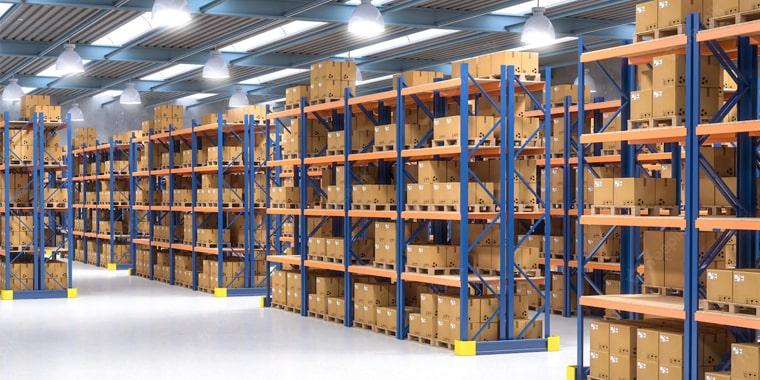
Pickers need to stick to the recommended route as per the picking list so that they don’t waste any time.
Each warehouse may have different batching rules; some have several totes in one cart for separate orders, while others may just gather all the SKUs into a single bin, which is then sorted later.
Whatever the method used, pickers follow their lists according to the path and concentrate on one SKU at a time.
Mobile scanners help to track items picked and their quantities.
After the SKUs have been picked for specific batch orders, they can be handed over to packers, and the pickers can start on the next batch of picking lists.
ALSO READ: ERP software in Warehouse & Fixed Asset Management
If the picking method is gathering everything into one bin, sorters will first sort the items as per the orders, and then hand them over to packers.
Once packed properly, the orders are sent to the shipping department. Pickers start on their next batch of picking, and the entire cycle repeats.
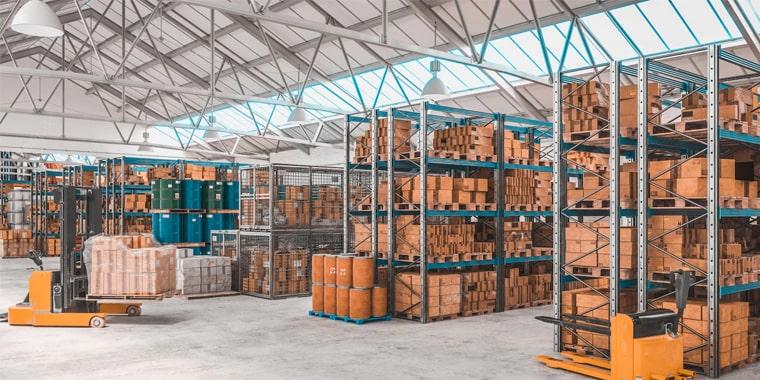
Batch picking aims to reduce the footsteps warehouse employees take to retrieving items for orders; to manage your supply chain and fulfillment centre successfully, it is imperative that you boost efficiency in picking.
Warehouses are usually huge and walking to and can be very time-consuming.
When pickers have to pick items from numerous locations all far from each other, order fulfillment becomes slow.
Thanks to batching, operations can be centralized, reduced travel, and complete several tasks simultaneously.
For example, there could be 10 similar orders; when batched together, pickers need to go to that zone just once instead of 10 times.
Rapid order fulfillment is crucial if you want to conduct warehouse operations successfully.
Batch picking reduces the time and distances your employees have to move inside the warehouse, and so are able to complete their tasks quicker, increasing productivity decreasing the average time needed to fulfill a single order.
ALSO READ: What is Cross-Docking and How Does it Work?
As productivity increases, you need less man-hours for picking, and hardly any overtime, which means a reduction in labor costs.
Batching can help avoid your employees crowding in a zone, as each employee is assigned separate zones.
It also helps reduce the fatigue of your employees as they have to walk less.
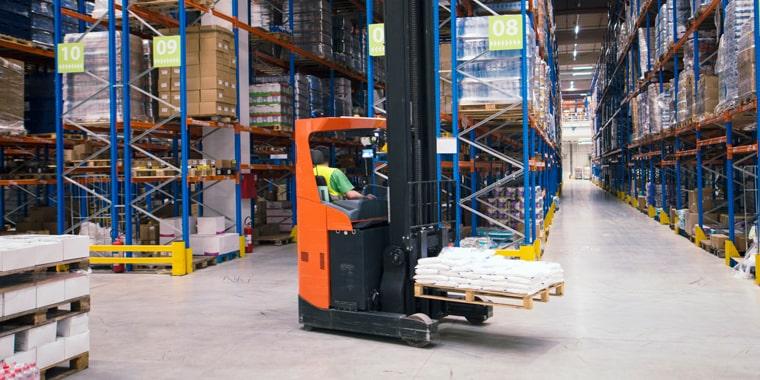
Each of these techniques has its own advantages and disadvantages.
Pick to order is usually followed in small businesses with a low volume of orders, and you have to send out orders in time.
When you have only a few items, or your entire inventory fits in a small storage area, your pickers won’t have to walk a lot to retrieve each item on the picklist. Often, the picker also packs the order in such a firm.
Warehouse managers schedule windows for picking called waves throughout the day – this is wave picking.
Orders are fulfilled depending on the items in the list so that several orders can be filled simultaneously.
It is somewhat similar to batch picking.
ALSO READ: What is Dead Stock – How Can You Avoid It?
Zone picking is used by large businesses that deal with a high number of SKUs, and have their own warehouse and software to group similar orders together and figure out storage locations and proximities.
Here several pickers retrieve different products in the same order.
Let’s say the order has 6 items in it, with each item in far-flung sections.
Here, you can assign various pickers to each section so that the order is completed quickly.
Ergo, one employee doesn’t have to cover multiple areas.
Zone picking does not require that there be multiple orders with similar items.
While it does increase efficiency, it can be tough to ensure even workload distribution.
We have already seen what batch picking is – grouping multiple orders with similar items so that pickers don’t have to walk much.
This method is ideal for large companies with multiple or very large warehouse facilities.
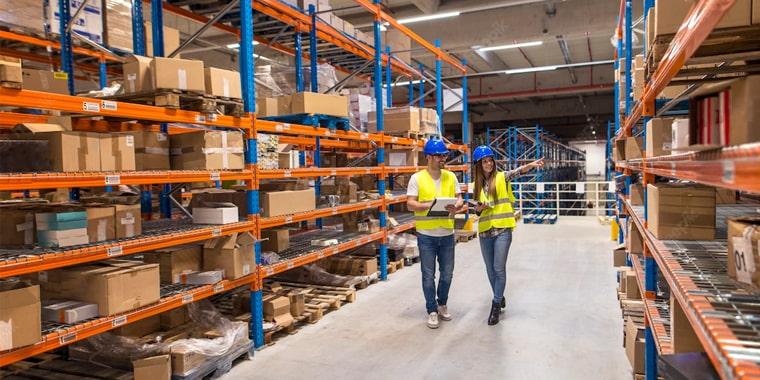
There are two main batching strategies.
Let us examine both of them.
This is the traditional method followed in most warehouses, where a picker is sent along a circuitous path to retrieve the items in an order.
It does not consider the travel distance, fatigue, crowding, or speed of execution.
Order 1 is batched with Order 2 – the first in first out sequence of the conventional batching algorithm.
This is still better than the old method of discrete picking – picking one order at a time, but still not at the desired level.
ALSO READ: Ways to Improve the Procurement Process
This is used in modern warehouses that use technology; it uses algorithms based on artificial intelligence, to create optimized order batches, and hence it is also called intelligent batching.
The software gathers data about inventory, its location, orders, and so on, and optimizes the data in real-time to churn out batch assignments.
It takes into consideration matters like priority of orders, travel time and distance, pick locations, attributes of products, and so on to generate optimized batches.
The software goes through millions of combinations to figure out the best batching combination from the orders received.
To Sum Up
To ensure maximum benefits from batching or batch picking, you need to consider investing in sophisticated work execution systems and warehousing so that you can optimize the batching. Businesses that implement this batching method find significant improvements in productivity, reduction in costs, and faster order fulfillment, without making drastic layout changes in the warehouse, or making huge investments in robotics and automation.
Are you operating a warehouse for your eCommerce business? Are you a big company dealing with a large number of products? If yes, then it is time you moved on to batch picking and implemented the right software to ensure optimal operations in your warehouse.
At Tranquil, we have the right solution for you. Our ERP system is not just robust, but also flexible, and it can be tweaked and scaled to fit the unique requirements of specific businesses. Our ERP has a powerful inventory management system that can greatly benefit your business by helping you with automated and optimized batching and picking processes.
If you are unsure how it works, schedule a demo at a time of your convenience, and our team will explain how the software can help boost productivity and increase your revenues. Our experts will be at hand to answer any questions you have regarding the software.